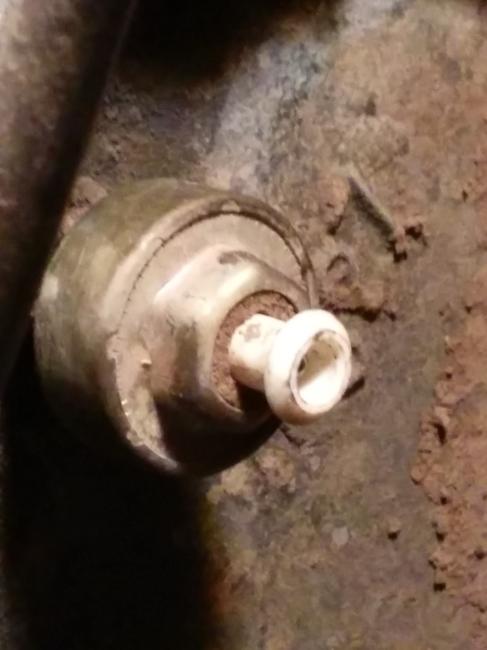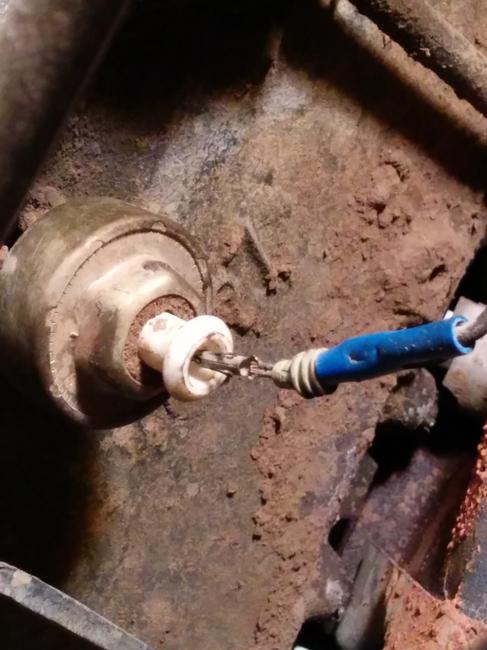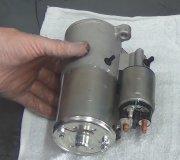The truck didn't sound like it wanted too crank over. It would make a couple of turns then crank as if the battery was dying. I found the ground terminal was loose and there was a bit of corrosion on the pos terminal so I got some baking soda and water and cleaned everything. Cranked the engine same result but I noticed the pos side cable was slightly smoking while I turned the engine over.
So I dropped the starter thinking I may have loosened a connection and find there is a sensor behind the starter and behind the dip stick tube with a wire hanging by its last stand of wire. I have no idea what this is for and if it would cause the problems.
SPONSORED LINKS
Thursday, September 18th, 2014 AT 11:28 PM






